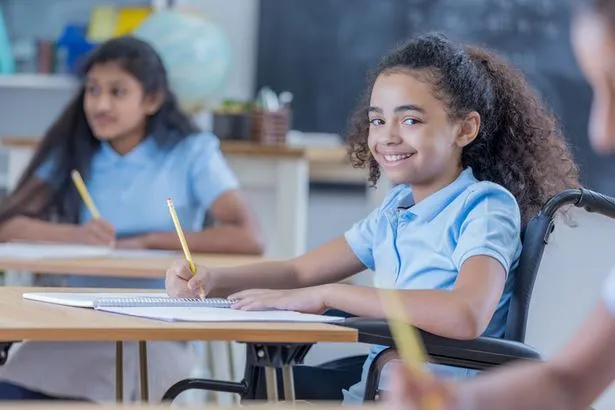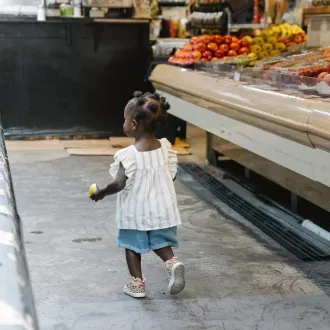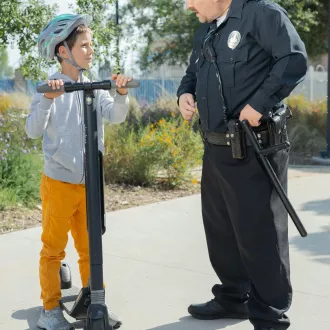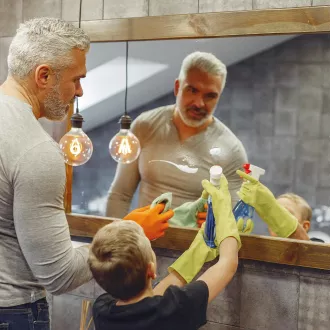Transcription Teaching personal hygiene skills
Instilling personal hygiene habits in children is a crucial task for parents and caregivers. Poor hygiene can have a negative impact on health and also influence children's self-esteem and self-perception. Therefore, it is important for parents to take the time and effort to teach these practices to their children.
Dental care
Dental care is one of the first hygiene skills children should learn from a young age. Parents can begin teaching children to brush their teeth as soon as they are two years old. It is essential that they learn the correct technique and understand that they should brush twice a day, in the morning and before bedtime, spending at least two minutes each time. Here are some steps parents can take to teach proper technique:
- Place a small amount of toothpaste on the toothbrush.
- Hold the toothbrush at a 45-degree angle toward the gum line.
- Make short, gentle strokes in a circular pattern.
- Be sure to brush all areas: the outside, inside and top of each tooth.
- Use the tip of the brush to clean the inside of the lower front teeth in an up and down motion.
- Don't forget to brush the tongue to remove bacteria and fight bad breath.
It is important that children adopt the habit of daily brushing and understand its importance in maintaining a healthy mouth.
Hand Hygiene
Hand washing is another key practice that children should learn from a young age. Hands are the main vehicle for transmitting bacteria and viruses, and regular hand washing can prevent the spread of disease.
To teach them to wash their hands properly, the following steps are helpful:
- Wet your hands with clean, warm water.
- Apply an adequate amount of soap to cover all areas of the hands.
- Rub hands together until lather is created, making sure to clean well between fingers and tops of hands.
Bathing or showering
It is important to teach children how to bathe properly, starting by adjusting the water temperature to a comfortable level, avoiding being too cold or too hot.
First, the body should be wet to prepare it, turning off the faucet afterwards to save water. Then, children should learn to lather all areas of the body, such as the armpits, intimate areas, back and feet, using a sponge to work up a lather.
The next step is to rinse thoroughly to remove all the soap along with the dirt, making sure that no residue is left behind. Finally, the body should be dried completely, paying attention that no wet areas remain that could irritate the skin. Although it can be difficult to teach these habits, especially to young children, with patience and consistency, any child can learn the skills necessary for good personal hygiene.
skills skills hygiene personnel




